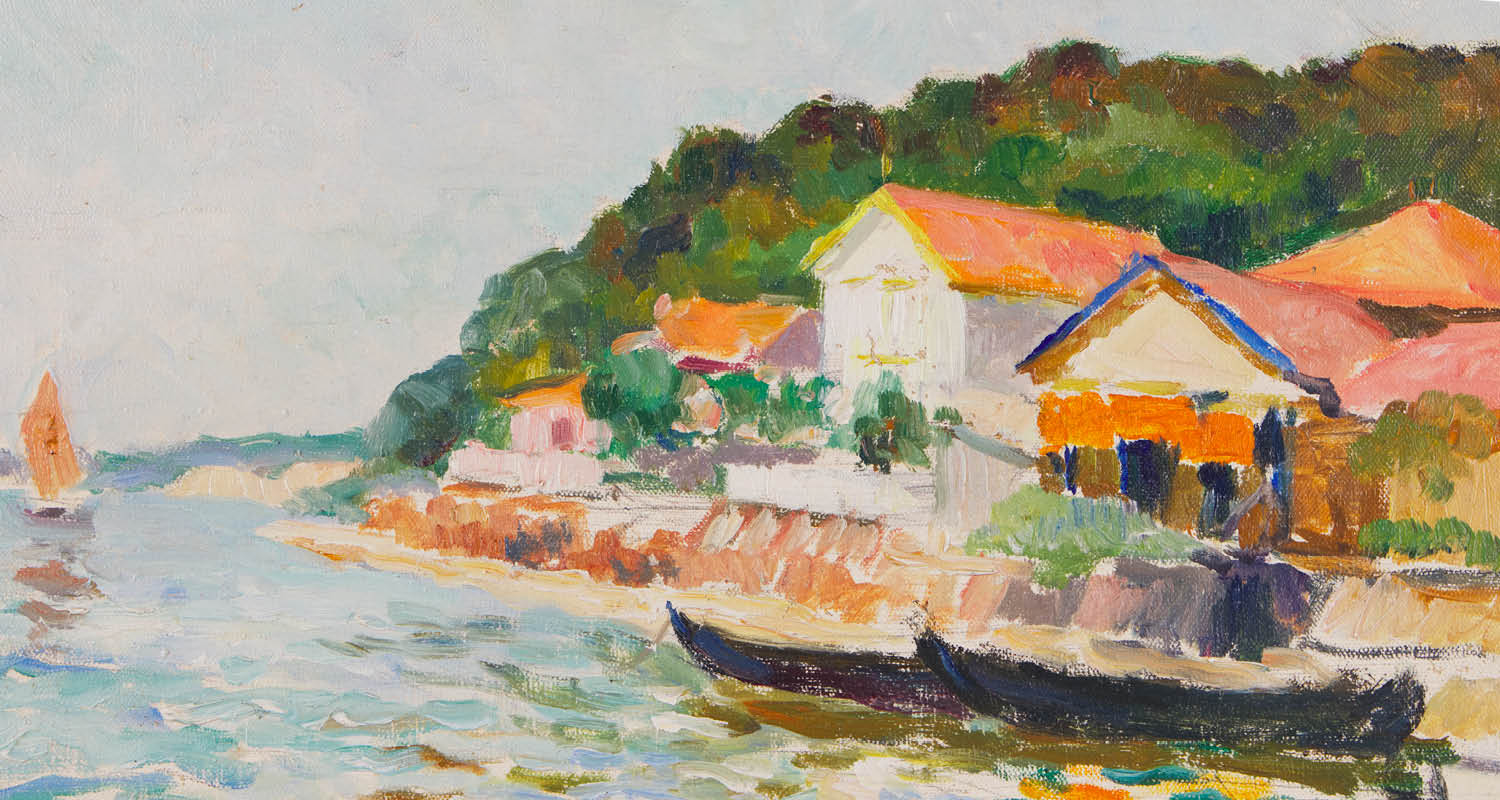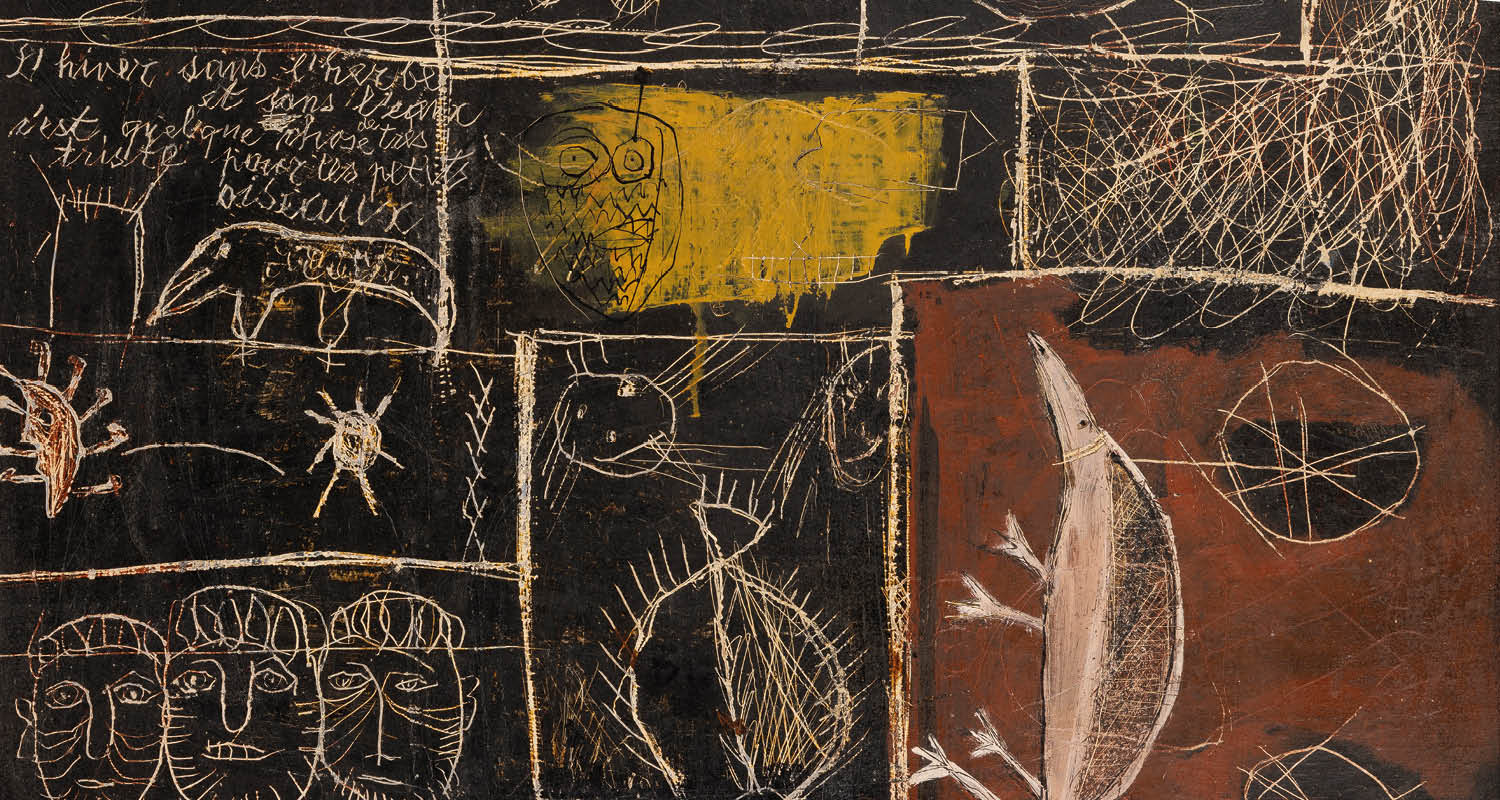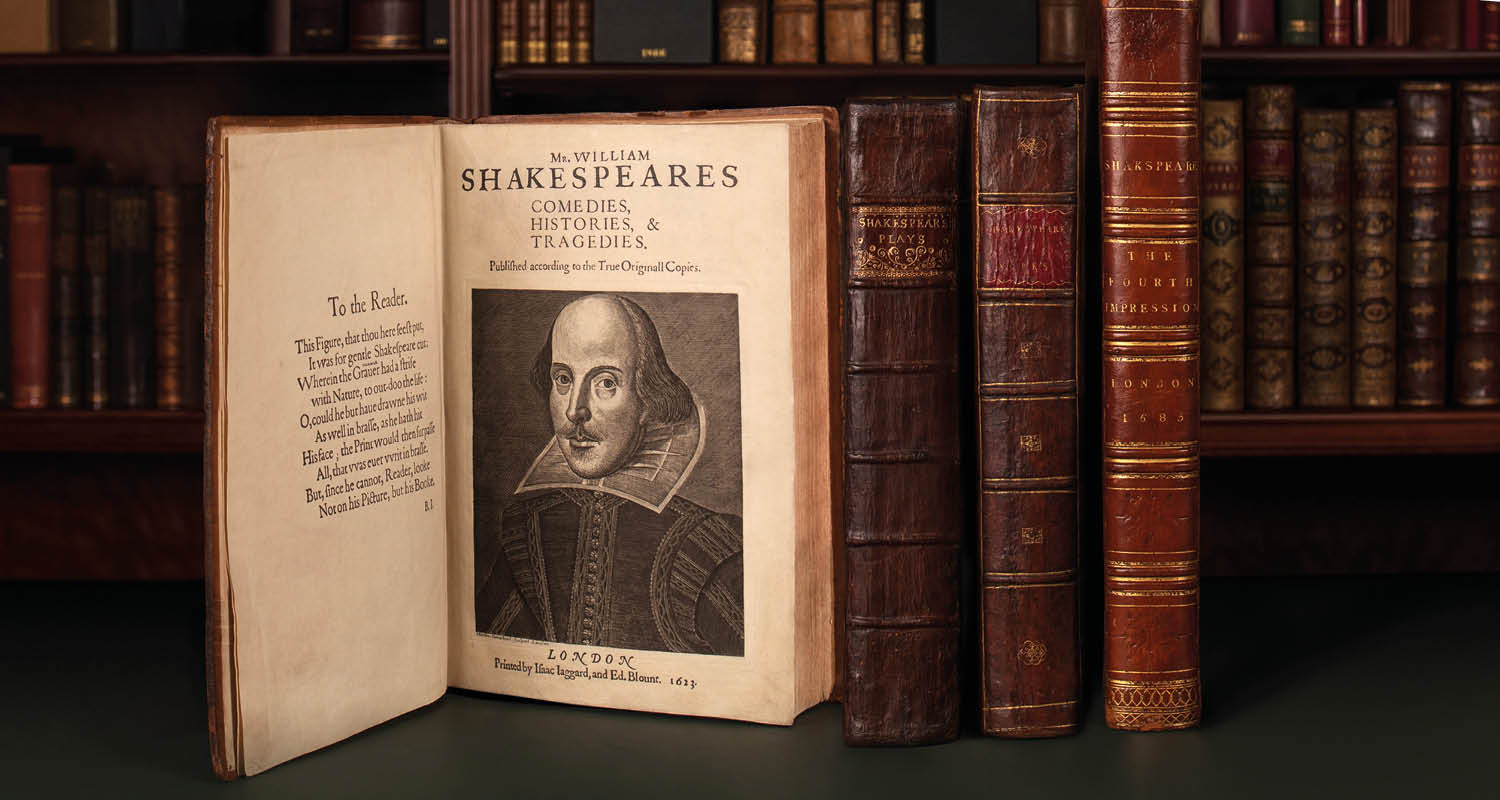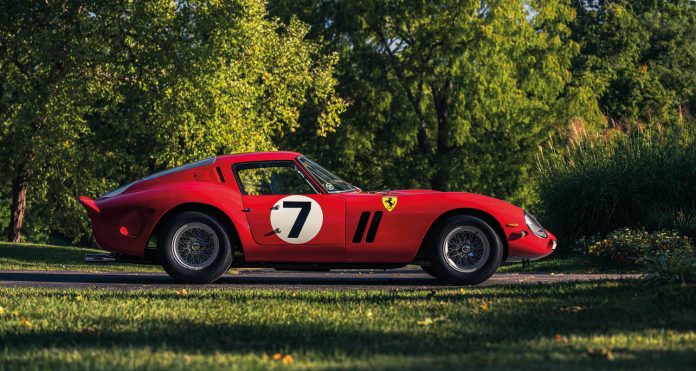Find worthy investments at London’s most esteemed auction houses, rare book shops and more. Anne Cuthbertson consults experts in the world of ‘passion investments’
As editor of Knight Frank’s Luxury Investment Index, Andrew Shirley tracks the world’s finest assets, from wine to classic cars, art to jewellery. Ahead of the 2024 Knight Frank Wealth Report this March, he has been drilling down into recent auction activity, where eye-watering sales have grabbed recent headlines.
The cherry-red 1962 Ferrari 250 GTO which sold for $52m at Sotheby’s New York last November was a little below its $60m estimate. In the same month, Picasso’s Femme à la Montre achieved $139.2m.
Meanwhile in Geneva, the Bleu Royal – a vivid blue fancy diamond set in a ring – came in at a sparkling $43.4m at Christie’s. And if you wanted a record breaker, Codex Sassoon, a 1,100-year-old Hebrew bible last May became the most expensive book ever sold when it went for $38.1m at Sotheby’s.
But the highlights under the hammer are often a distraction from a more uncertain reality. The Luxury Investments Index in the year up to August 2023 recorded an average growth of seven per cent and Andrew Shirley doesn’t expect it to improve. It was the weakest performance since 2021, although to put it into context, these ‘passion investments’ represented stronger growth than London houses, UK homes, the FTSE and gold.
“There’s still a huge amount of wealth out there,” he says, “but some assets are coming down. They’re taking a bit of a pause and some of the froth is coming off”.
Fortunately, in London you’re never far away from some of the world’s most experienced valuers, auctioneers and specialists, who can shed light on the world of luxury investments.
Strike gold at auctions

Matt Caddick, a director at Chiswick Auctions highlights a split in the auction market between low to mid markets and the very top end.
“Highly fractious geopolitics and the resulting global economic downturn has undoubtedly resulted in a clear shift in both seller and buyer habits over the last two years. From the point of view of the low-mid market, both private clients and smaller independent dealers, are clearly having to prioritise living costs over small-scale trading, hobby buying and investment.
We know many clients who historically might spend £500-£5,000 per month on items for their homes, private collections, or stock for their businesses, and they simply aren’t turning up in numbers right now. Those that do, are finding less domestic competition and far more are selling to online bidders around the country and wider world.”
Caddick reports that for the more specialist sales and higher value lots, the buyers seem less affected, and indeed may even be benefiting from a lack of more traditional competition.
“If you have the financial means, this is clearly a good time to buy. For the sellers of these more valuable mid-high items, it seems common to hear the suggestion that ‘maybe this isn’t the best time to sell’, and consequently, securing good mid-high-end consignments from the trade and estates is proving more difficult than it was historical. Right now, people either want a deal, or they want the very best. This makes the traditionally more lucrative mid-market a bit of a minefield to operate in.”
Invest in art

“Art should never be just a financial investment,” says An Jo Fermon at Whitford Fine Art in Cadogan Square. “Art is much more than that: it gives aesthetic pleasure, status and opens interesting conversations. In today’s globalised art market, financial gain has become the main motivation behind the purchase of a work of art.”
Fermon always advises clients to buy from established galleries with a proven record. “Asking the dealer if they would buy back your purchase for what you paid for it is a good test. At Whitford Fine Art, we can give this guarantee. Our customers buy in a rising market, and we’re always happy to resell or rebuy a piece we sold previously.”
Whitford Fine Art will be showcasing Mildred Bendall’s work at Eye of the Collector, the curated fair organised by Nazy Vasegh, held at the Garrison Chapel at Chelsea Barracks (26-29 June eyeofthecollector.com). Mildred Bendall (1891-1977) was a post-Impressionist artist, and a friend and pupil of Henri Matisse. Under his guidance, she became an avant-garde force in Bordeaux.
Look to modern art sculpture and ceramics

Simon Hucker, Modern & Contemporary art specialist at Lyon & Turnbull auction house has been in the business for 25 years, and was responsible for the sale of David Bowie’s art collection at Sotheby’s in 2016.
Buying art has become more democratic, he says, and interest at all levels has never been higher. He notes that a lot of talent is picked up quite quickly. “At the moment, there’s a trend of major galleries partnering with smaller galleries as a way of platforming their artists on a bigger stage.”
Hucker’s decades of experience gives him a unique insight into market values. The studio ceramics market is still growing and one to watch, he says. Where once pots were treated simply as craft, they’re now taking on the status of sculpture. He highlights Magdalene Odundo’s work, while Lucy Reed is still getting “incredible prices” – “collectors who bought directly from her in the 1960s for £50 are achieving £300,000”, he notes. People are seeing sculpture as relatively cheap compared to fine art.
Similarly, look for prints. “I used to sell Andy Warhol prints for £10,000 which are now worth £200,000,” he says. “If you collect prints, you’re never going to score really big but they’re really solid. Condition is more important, print collectors are quite fussy, so take your time.”
Black female artists are on the rise, he says, citing Njideka Akunyili Crosby, Mickalene Thomas and Amy Sherald. And he believes Modern British artists have come a long way in the past decade but are still undervalued.
His advice to those new to collecting is encouraging. “You don’t have to start with a Picasso,” he says. “Start with a few things, sell a few things. You don’t have to rush in. Great collections were never perfect to begin with, they took years of experimentations, and trading in. Some of the huge American billionaires started with prints.”
Finally, a restored or slightly damaged work isn’t the end of the story. “Buy it cheaply, spend money getting it sorted, and it can be a great investment.”
Modern Made, the flagship London auction offering modern and post-war British art, is on 26 April; lyonandturnbull.co.uk. This month, visit Collect Art Fair, Somerset House, 1-3 March
Invest in rare books

“Many within the rare-book world don’t like to use the word ‘investment’,” says Pom Harrington of Peter Harrington Rare Books based on Fulham Road, “In property, you often speak about location, location, location. In rare books we talk about quality, quality, quality.” Interestingly, he says, ‘rarity’ often does not drive value.
“Desirability is a better gauge of value. For example, there were around 1,250 first edition copies of Darwin’s On the Origin of Species printed, so it’s not unique in that sense, but it’s still very desirable and therefore very valuable. You could say the same for Shakespeare’s First Folio (more than 230 known copies). The Third Folio is actually rarer, with only three known copies of the first issue (1663) currently in private hands. But the First Folio is a lot more valuable.”
Individual copies of the same title can command very different values, he says. “Their condition, presence of original boards, bindings and dust jackets, provenance and ownership history, interesting associations or inscriptions all factor in determining value.”
And his advice for buyers of rare books? “Buy what you’re personally interested in and the the best you can afford. Think about which books will continue to have relevance in 20-30 years’ time. There’s a strong suggestion that books studied and loved as children are what collectors seek as adults. Baby boomer collectors sought first editions of Catcher in the Rye or The Lord of the Rings. Children’s books by authors like Beatrix Potter, A.A. Milne or Roald Dahl are very collectable. And consider which modern authors may be collectable in the future.”
The Knight Frank Wealth Report is out 6 March; knightfrank.com/wealthreport






 © 2024
© 2024